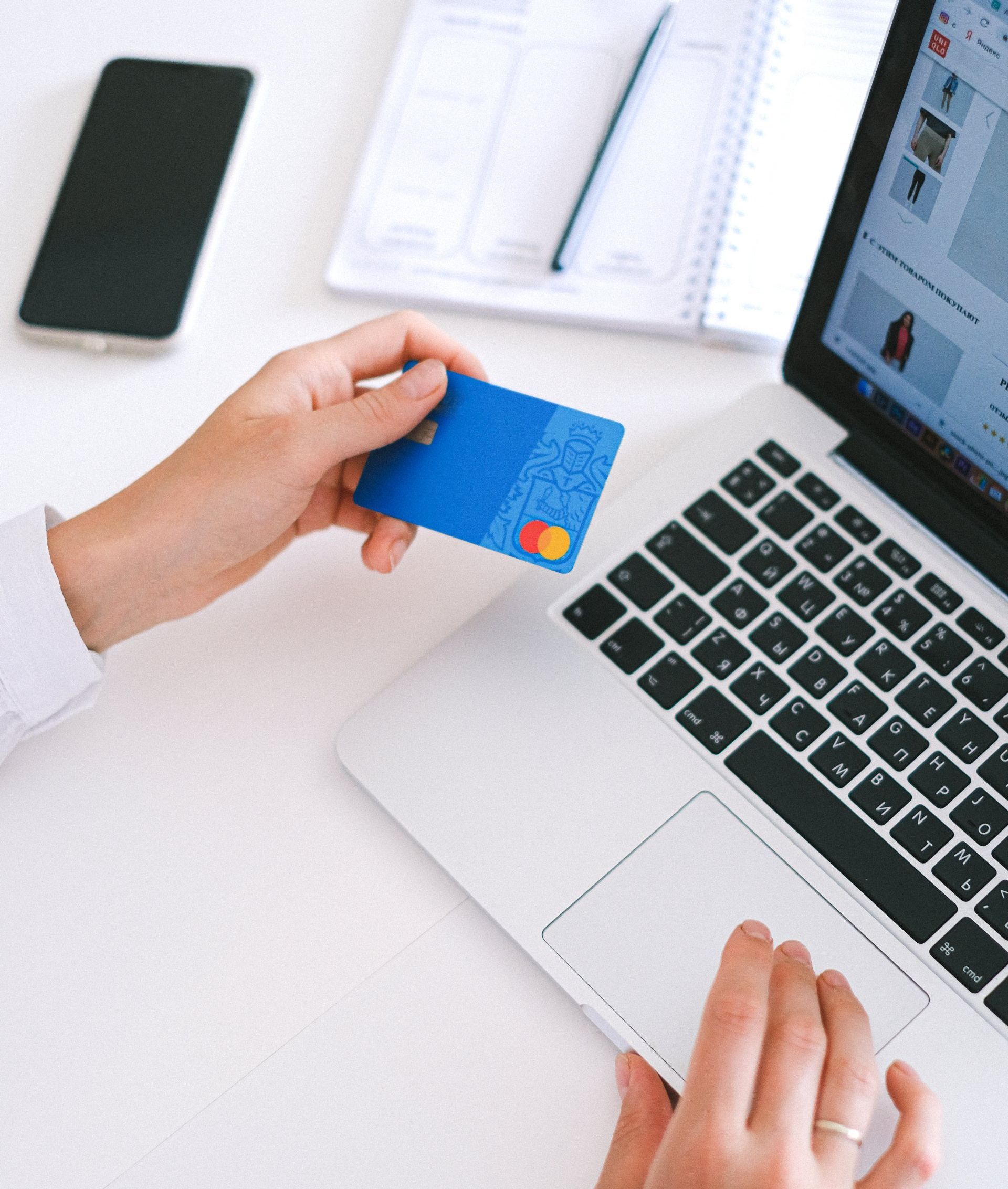Can you safely share your credit card information?
by Jon Lober | NOC Technology
7 steps to minimize risk when sharing your credit card number.
No method of sharing your credit card information is completely safe, in fact, we strongly discourage it. However, we also understand that unique circumstances arise, and you may need to quickly improvise in the absence of the ideal.
Such a situation will inevitably leave you asking, what is the safest way to share credit card details with family members or a colleague in a pinch? Before we answer that question, a few warnings are in order.
1. Only share credit card information when absolutely necessary. If you can personally make direct payment, you should make every effort to do so. This limits the propagation and distribution of sensitive details.

2. Make absolutely sure that the requestor is someone you trust. Scammers often use social engineering techniques to deceive their victims into believing that they are someone else. If you receive a request for private information via email or text from someone purporting to be a personal acquaintance, always call them directly to verify that Uncle Joe is indeed Uncle Joe.
3. Assume that hackers can read your emails and SMS texts. Sadly, email and SMS texts are no longer trustworthy mediums. MFA (a.k.a 2FA) or passkeys can improve the security of your account, but you should consider any unencrypted communications as "public knowledge."
How to share your credit card information (relatively) safely.
Rampant cybercrime, data breaches, and hackers threaten any modern mode of communication. However, there are a few steps that you can take to minimize becoming a statistic in the second most common form of identity theft in the United States.
What not to do when sharing credit card information.
Several common mistakes can put your payment information at high risk. Make sure to avoid them.
1. Do not send all payment information through the same communication channel. When you share your credit card information in a single channel, you are placing all of your cyber eggs in one basket. Never send your information through a single method.
2. Do not clarify any confusion or requests via written communication. If your recipient needs to clarify any details during the process, do so via phone call. If a hacker happens to have compromised one of your accounts (or one of your recipient’s accounts), they may try to get you to share additional information with them through that channel. Clarify any confusion via phone call with your trusted recipient. If if it feels like overkill, confirm their identity through a personal question that a hacker would not be able to answer. (E.G. Where's the last place we met for lunch? How many kittens did your neighbor's cat have yesterday? You get the idea.)
3. Do not leave credit card information stored in accounts after you have communicated it. Even if your account is not compromised at the time of communication, any future hacks could take advantage of details that you have left in your account. Always thoroughly delete any records of credit card information.
Do you need help protecting your small business from digital threats?
If you do not know where to start, we want to help. We offer free, no-commitment, one-time consultations with our SMB tech experts to small business owners and IT personnel. Just let us know what your concerns are, and we can explain some of your options. Even if you just want to run an idea by us, we are here to help. Just click the button below to schedule a slot in our team's calendar.




